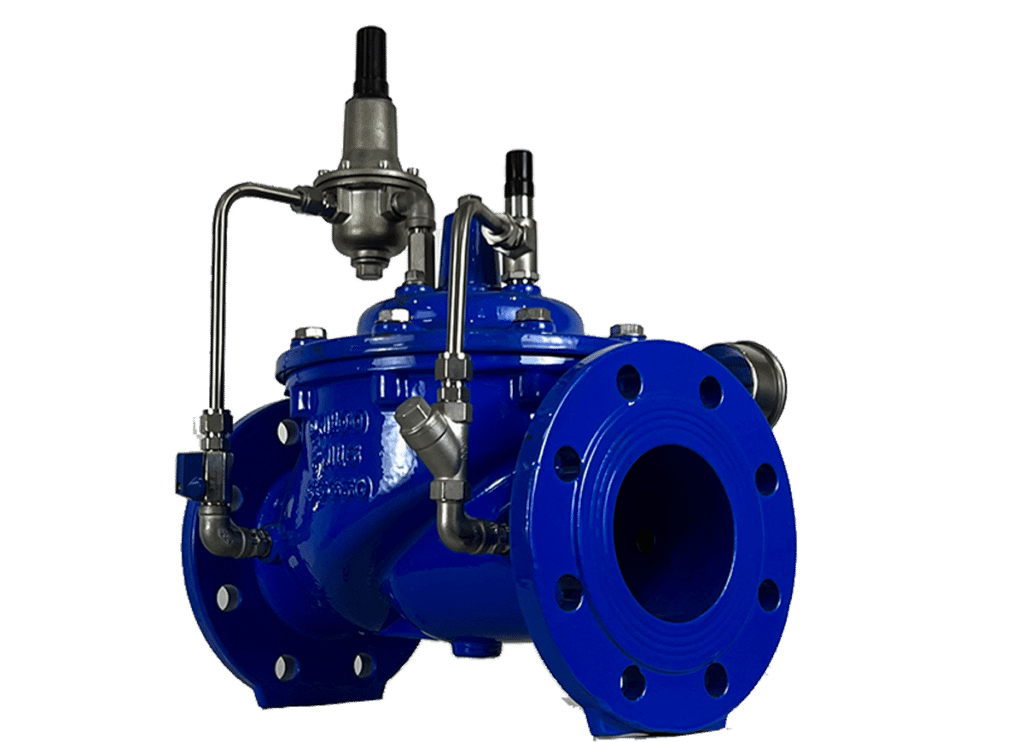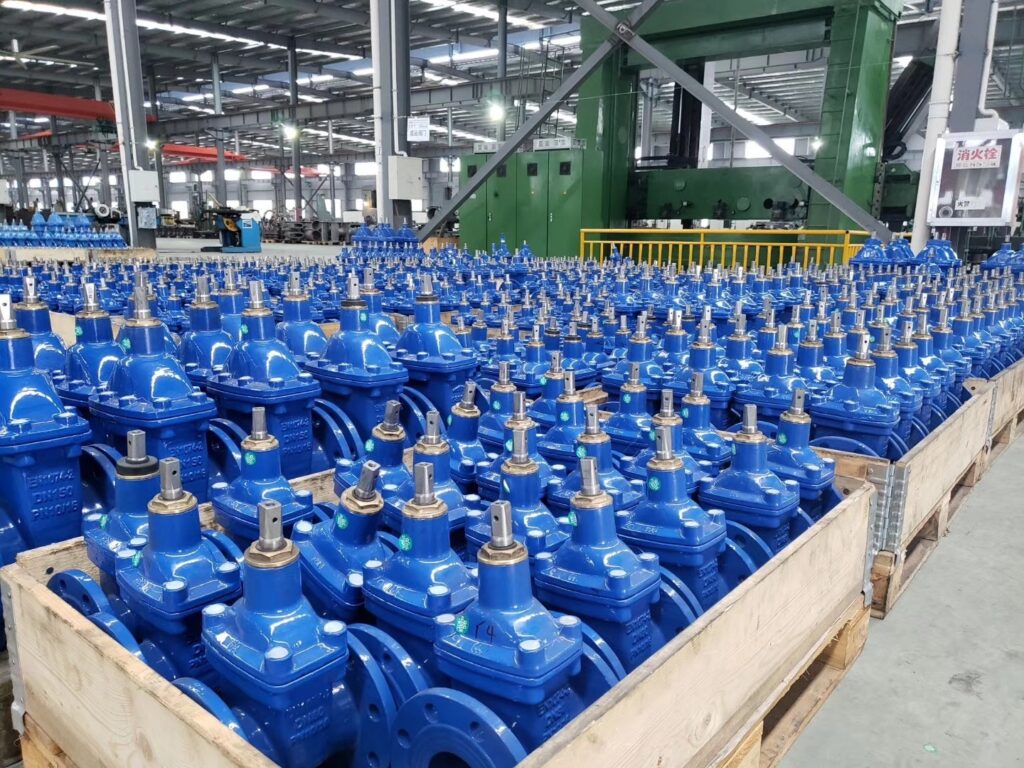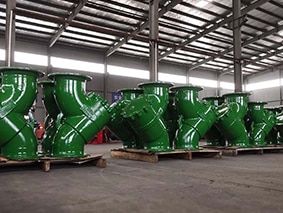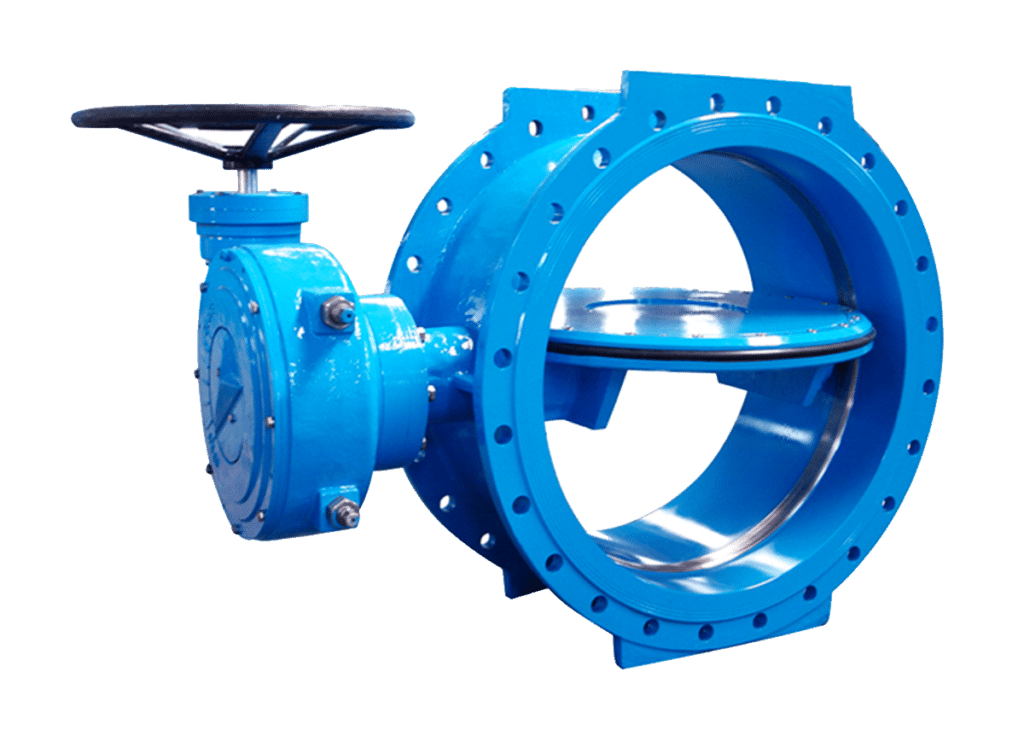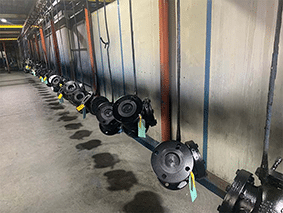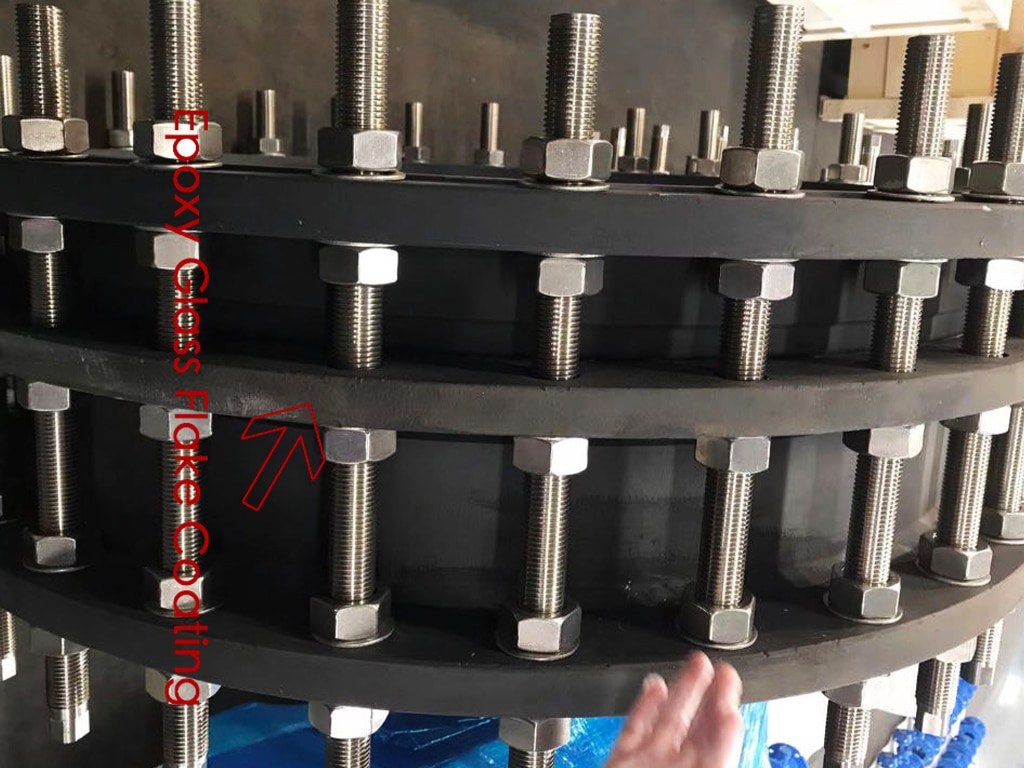Pressure Reducing Valve
As a pressure reducing valve manufacturer in china, judberd can manufacture pressure reducing valve in ductile iron material ,pressure from PN10 to PN25. Photos are as below
Feature
Design according to BS EN1567/EN1074-5
Size from DN50 to DN600
Pressure PN10,PN16 and PN25
Flange according to EN1092-2
Tests according to EN12266-1
Fluid water
Temperature from 0 to 80℃
Keeping the outlet pressure as setting requirement
Using flow is go up or down, Inlet pressure is go up or go down, the outlet pressure is stable;
Static pressure reducing: Flow is Zero and no user is using. Less than 10% for one year acc. UL static test
Photos
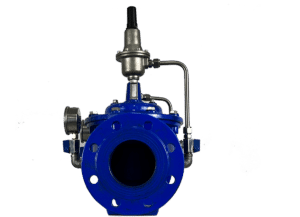
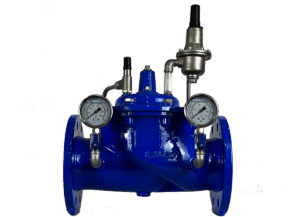
Installation

A.Inlet isolation valve. B.strainer. C.Pressure reducing valve. D.Outlet isolation valve
1. Make sure that the flow direction of the pipeline is in accordance with the arrow of the pressure reducing valve
2. Allow sufficient space for adjustment and disassembly.
3. Install the isolation valve( isolation can be gate valve, butterfly valve or globe valve etc )in the inlet and outlet of the pressure reducing valve.
4. Install a strainer in front of the pressure reducing valve.
5. The valve will work better if it is mounted horizontally.
6. After installation, clean the pipes and strainer.
Pressure reducing valve adjustment
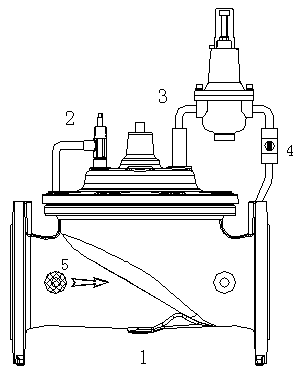
1. Main valve. 2. Needle valve. 3. Pilot valves. 4. Ball valves. 5. Strainers
1. Open all isolation valves in the pipeline.
2. Remove the cover of pilot valve and loosen the nut of the pilot valve.
3. Observe the setting on the pressure reducing pilot valve unit (No. 3). The usual factory outlet pressure is 4 bar. if 4 bar is higher than required, turn the adjustment nut counterclockwise. The pressure changes by approx. 0.5 bar / one turn until the desired pressure is approached.
Warning: The actual pressure setting must be made under pipe flow conditions.
4. Slowly open the inlet isolation valve to pressurise the main valve.
5. Expel air from the main valve cover by loosening the pipe plug in the middle of the cover. Once all air has been exhausted, tighten the plug.
6. Open the downstream isolation valve slightly to establish a low flow in the pipework.
7. Slowly adjust the pilot valve nut and observe the downstream pressure gauge until the desired pressure is reached (clockwise to increase or counterclockwise to decrease).
8. Slowly adjust the needle valve until the desired valve opening or closing speed is achieved.
9. All valve adjustments have been set. Lock the nut and close the cover.
Maintenance
1. Check the valves and piping regularly every month, whether the pilot valve is bumped or loosened due to leaks, to check that the pressure or flow control is stable.
2. Outside leaks are easily dealt with by tightening fasteners.
3. If the valve does not work, there may be possible causes, analyse the problem and solve it. See Below Fault shooting Table:
| Symptom | No. | Possible reason | Solution |
|---|---|---|---|
| Main valve does not open | 1 | No pressure at valve inlet | Check inlet pressure |
| 2 | Main valve diaphragm assembly not working | Disassemble, clean stem, replace test parts | |
| 3 | Pilot valve assembly not opening: no spring compression | Tighten adjustment screw | |
| 4 | Ball valve in pilot valve system is closed | Open it | |
| 5 | Spring guide not in place | Assemble correctly | |
| 6 | Guide valve does not work | Assemble correctly | |
| Main valve does not close | 1 | Foreign body between disc and seat, wear | Disassemble main valve, remove foreign body, clean parts, replace defective parts |
| 2 | Needle valve closed | Correctly opened | |
| 2 | Pilot valve stays open: spring compresses solid, mechanical obstruction, | disassembly and removal Obstructions | |
| 3 | Valve flap worn | Disassemble and replace | |
| 4 | Pilot valve does not open | Correct assembling | |
| 5 | Diaphragm worn | Disassembly and replacement | |
| Cannot be adjusted | 1 | Air in main valve cover and/or conduit | Loosen top cover plug or fitting and vent |
| 2 | Pilot valve nut blocked exhaust port | Assembled correctly | |
| 3 | Pilot spring not in correct range for control | Replace spring |
Inspection or maintenance can be carried out without dismantling the valve. It is recommended that accessories such as new diaphragms and flaps are prepared before work begins.
WARNING: Attempting to disassemble the valve while the pipeline is under pressure may injure maintenance person and damage the equipment.
Pressure reducing valve hydraulic
The function of a pressure reducing valve is to reduce the pressure in the pipeline, so the outlet pressure ≤ the inlet pressure, for example, PN25 pressure reducing valve, then the inlet can be any pressure between 0-25 bar, and the outlet pressure should be both ≤ 25 bar and ≤ the inlet pressure

